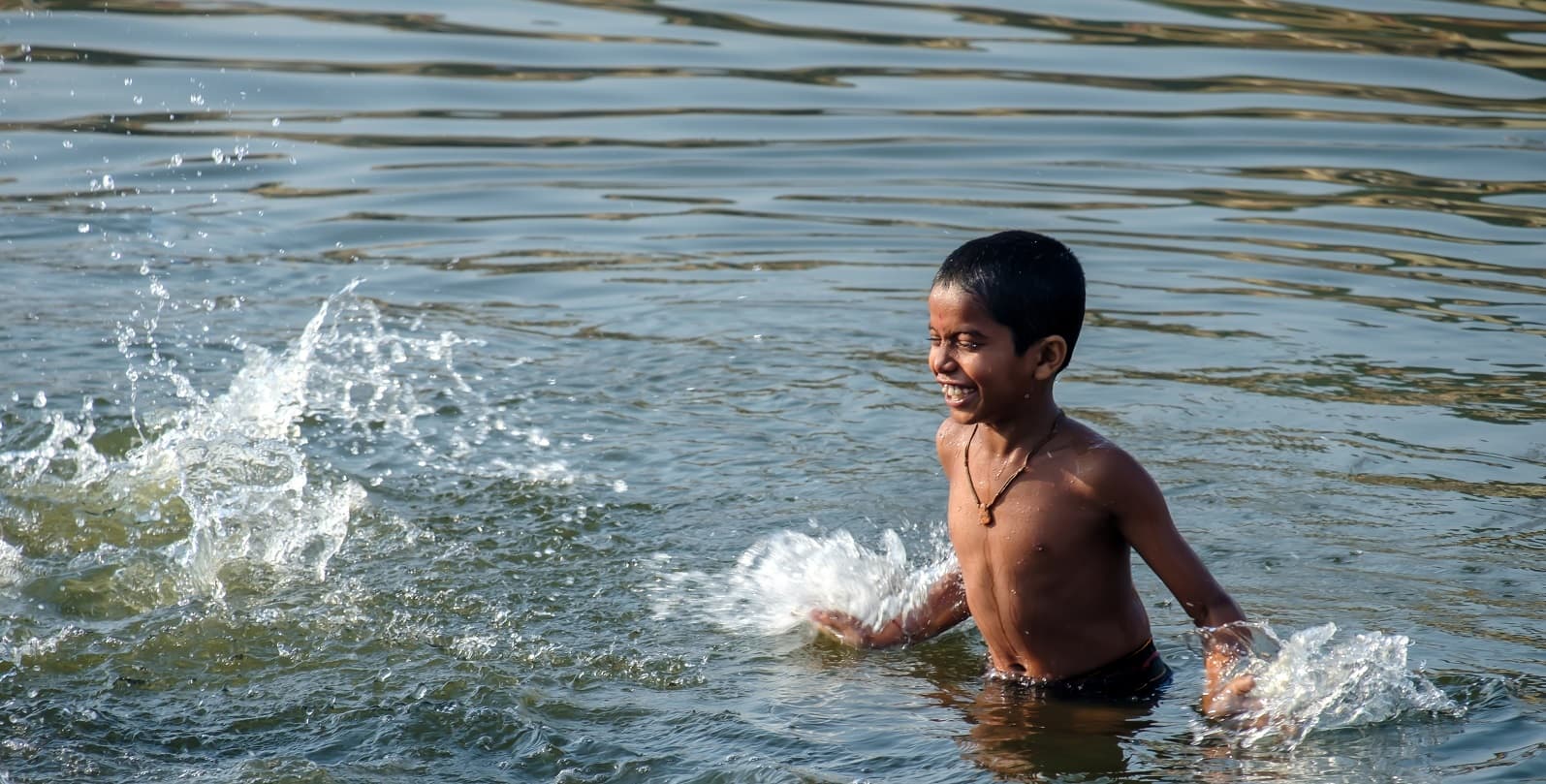Protecting Children from Drowning in Sundarbans

The Sundarbans, a vast delta in West Bengal, India, is both beautiful and treacherous. This region, home to four million people, is dotted with ponds and rivers. Tragically, many children drown in these waters each year. The stories of mothers who have lost their children to drowning highlight the urgent need for safety measures. In response to this crisis, local communities are taking action to protect their children from the dangers of water.
The Heartbreaking Reality of Drowning
Mangala Pradhan will never forget the day she lost her one-year-old son, Ajit. It was a typical morning in the Sundarbans, filled with daily chores. Mangala had just fed Ajit and taken him to the kitchen. Her husband was out buying vegetables, and her mother-in-law rested nearby. In a moment of distraction, Ajit slipped away. When Mangala realized he was missing, panic set in. Neighbors rushed to help, but it was too late. Ajit was found floating in the family pond, a tragic reminder of how quickly innocence can turn to heartbreak.
Drowning is a persistent threat in this riverine region. A 2020 survey revealed that nearly three children aged one to nine drown daily in the Sundarbans. Most drownings occur when caregivers are busy with chores, leaving children unsupervised. The majority of these incidents happen close to home, often within 50 meters of where the child lives. Unfortunately, many children do not receive proper medical care after drowning incidents, as healthcare facilities are scarce. This alarming trend has prompted local mothers, like Mangala, to take action to prevent further tragedies.
Community Initiatives for Child Safety
In response to the rising number of drownings, local mothers have come together to create makeshift creches. These creches, set up by the non-profit Child In Need Institute (CINI), provide care, education, and meals for children while their parents work. Mangala is now one of 16 mothers who care for about 40 children in these facilities. “These mothers are the saviors of children who are not their own,” says Sujoy Roy from CINI.
The need for such initiatives is urgent. The Sundarbans is a region where water is an integral part of daily life. Every household has a pond used for various purposes, including bathing and washing. The risk of drowning is ever-present. In addition to caring for children, these mothers are also advocating for safety measures. They are working to raise awareness about the dangers of water and the importance of supervision. Their efforts aim to create a safer environment for children in the community.
Overcoming Cultural Barriers and Superstitions
Despite the tragic drownings, many villagers cling to ancient superstitions. Some believe that performing rituals can protect children from drowning. For instance, they may spin a child’s body over an adult’s head or beat the water with sticks to ward off spirits. However, these practices do little to prevent drownings. As Mangala Pradhan states, “As a mother, I know the pain of losing a child. I don’t want any other mother to endure what I did.”
In light of these challenges, community members are beginning to take practical steps to enhance child safety. Sujata Das, another mother who lost her daughter to drowning, plans to fence her pond with bamboo and nets. She also hopes to teach swimming skills to children in the village. Additionally, there is a push for CPR training among community members to ensure that they can provide lifesaving aid in emergencies. These initiatives are crucial in a region where drowning remains a leading cause of death among young children.
Hope for the Future: Building Resilience
The stories of loss in the Sundarbans are heart-wrenching, but there is hope for the future. Community leaders and organizations are working together to create safer environments for children. The Indian Council of Medical Research (ICMR) has provided support for creches and pond fencing initiatives. Over the past two years, around 2,000 villagers have received CPR training, equipping them with the skills needed to respond to drowning incidents.
While challenges remain, the community’s commitment to child safety is growing. The establishment of creches has already made a difference, providing a safe space for children while their parents work. On a recent afternoon, a young boy sang a cheerful song about staying safe around water. His words echoed the hopes of many mothers in the Sundarbans: “I won’t go to the pond alone/Unless my parents are with me/I’ll learn to swim and stay afloat/And live my life fear-free.”
As the community continues to address the issue of drowning, the resilience and determination of these mothers shine through. They are not only protecting their children but also working to change the narrative around water safety in the Sundarbans. With continued support and awareness, there is hope for a safer future for the children of this beautiful yet perilous region.
Observer Voice is the one stop site for National, International news, Sports, Editor’s Choice, Art/culture contents, Quotes and much more. We also cover historical contents. Historical contents includes World History, Indian History, and what happened today. The website also covers Entertainment across the India and World.

